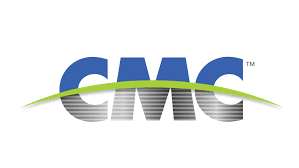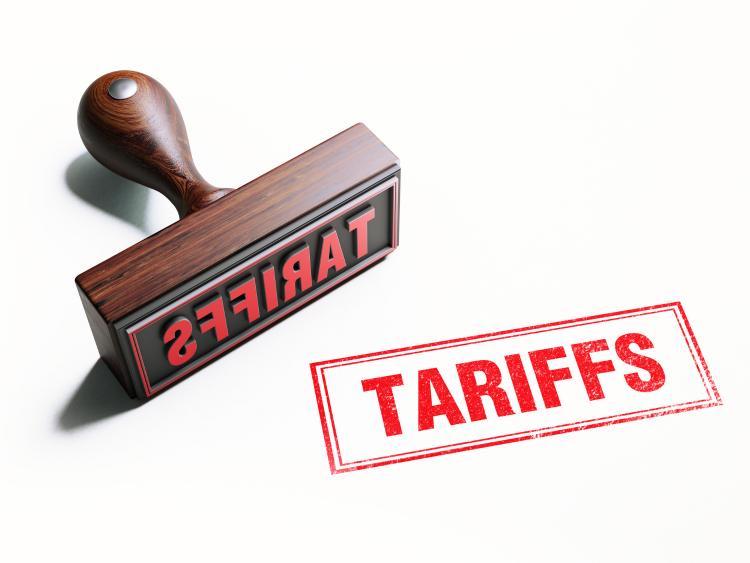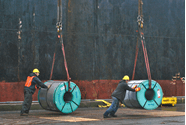Steel Markets

AGC: Tariffs and Quotas Crippling the Construction Sector
Written by David Schollaert
June 15, 2021
Easing pressure on construction costs and supply-chain bottlenecks is at a tipping point, the Associated General Contactors of America (AGC) said, urging the Biden administration to end tariffs and quotas on steel, aluminum, and lumber at once.
The cost of goods and services used in construction climbed by a record-setting 4.3% in May and 24.3% over the past 12 months, jeopardizing contractors’ solvency and construction workers’ employment, according to AGC’s analysis of recent government data. Association officials called on the president to expedite the end of tariffs and quotas that are adding to construction material costs and availability problems.
“The increase in producer prices for construction materials over the past year far outstrips contractors’ ability to charge more for projects,” said Ken Simonson, AGC’s chief economist. “That gap means contractors are being hit with huge costs that they did not anticipate and cannot pass on.”
The 24.3% increase in prices for materials used in construction from May 2020 to last month was nearly twice as great as in any previous year, Simonson said. Meanwhile, the producer price index for new nonresidential construction—a measure of what contractors say they would charge to erect five types of nonresidential buildings—rose only 2.8% over the past 12 months, as contractors held their profit expectations down in order to compete for a limited number of new projects.
Items with especially steep price increases over the past year covered a wide range of materials, including products made from wood, metals, plastics and gypsum. The producer price index for lumber and plywood more than doubled—rocketing 111% from May 2020 to last month. The index for steel mill products climbed 75.6%, while the index for copper and brass mill shapes rose 60.4% and the index for aluminum mill shapes increased 28.6%. The index for plastic construction products rose 17.5%. The index for gypsum products such as wallboard climbed 14.1%. Fuel costs, which contractors pay directly to operate their own trucks and off-road equipment, as well as through surcharges on freight deliveries, also have jumped, the report said.
AGC contends the Biden administration can provide immediate relief from some of the price pressures by ending tariffs on Canadian lumber, along with tariffs and quotas on steel and aluminum from numerous countries. The administration took a first step by announcing agreement on a working group with the European Union that will aim to end tariffs on steel and aluminum from the EU by the end of 2021, but much more tariff relief is needed, and sooner, the trade group said. The administration also should end the duty on Canadian softwood lumber, instead of doubling the rate, as the Commerce Department has proposed, AGC added.
“The administration is right to recognize that ending tariffs on our allies is good policy,” said AGC CEO Stephen Sandherr. “But there is no reason to wait six months to adopt good measures. The president should go further by ending tariffs and quotas on steel and aluminum from other trading partners as well as the European Union.”
By David Schollaert, David@SteelMarketUpdate.com

David Schollaert
Read more from David SchollaertLatest in Steel Markets

CRU: Sheet import demand softens as domestic price gains have slowed
US domestic sheet price gains have begun to slow as previously pulled-forward demand has led to a decline in orders.

CMC looks beyond Arizona micro-mill woes to long-term viability of construction mart
Despite the economic and geopolitical upheaval of the last five years, CMC President and CEO Peter Matt points out that the construction market has been an essential element of the way forward.

US importers face stricter rules under revamped S232 tariffs
“CBP expects full compliance from the trade community for accurate reporting and payment of the additional duties. CBP will take enforcement action on non-compliance," the agency said in a March 7 bulletin.

Steel exports rebound in January
US steel exports recovered to a five-month high in January after having fallen to a two-year low in December. This growth follows four consecutive months of declining exports.

Construction spending drops marginally in January
Construction spending edged down slightly in January, slipping for the first time in four months. The US Census Bureau estimated spending at a seasonally adjusted annual rate of $2,196 billion in January, down 0.2% from December’s downward revised rate. The January figure is 3.3% higher than a year ago. January’s result, despite the slight erosion, […]
